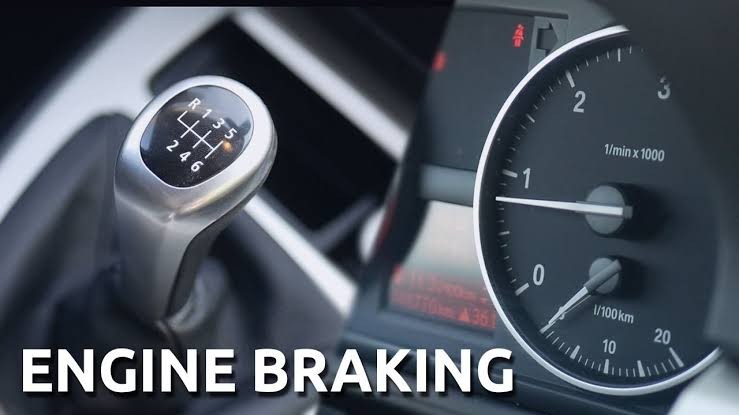When activated, the engine brake alters the operation of the engine's exhaust valves so that the engine works as a power-absorbing air compressor.
Engine break-in is the process of conditioning a new engine by running it under specific conditions for a certain period of time. The purpose of engine break-in is to ensure the proper seating of the piston rings, the smooth operation of the moving parts, and the prevention of any potential problems in the future. Engine break-in is especially important for high-performance engines that use high-quality components and operate under high stresses.
There are different opinions and methods on how to perform engine break-in, but some general tips and guidelines can be followed to achieve the best results. Here are some of the top tips for engine break-in procedures:
- Use a high-quality break-in oil that is designed for new engines. Break-in oil has a higher level of zinc and phosphorus additives that provide extra protection and lubrication for the new parts. Break-in oil also has a lower viscosity and a shorter service life than regular oil, which helps to flush out any contaminants and debris from the engine. Some examples of break-in oil are AMSOIL SAE 30 Break-In Oil and MAHLE Motorsport Break-In Oil.
- Change the oil and filter after the initial start-up and run-in of the engine. This will remove any metal shavings, dirt, or impurities that may have accumulated during the assembly and installation of the engine. The recommended interval for the first oil change varies depending on the type of engine, but it is usually between 20 to 50 miles or 30 minutes to an hour of running time.
- Vary the engine speed and load during the break-in period. This will help to create different pressures and temperatures in the cylinder walls, which will improve the fit and seal of the piston rings. It will also help to distribute the oil evenly and prevent glazing or polishing of the cylinder walls. The recommended range of engine speed and load varies depending on the type of engine, but it is usually between 2000 to 3000 RPM and light to moderate throttle.
- Avoid hard acceleration, high RPMs, full throttle, or full boost during the break-in period. This will prevent excessive stress or damage to the new parts, such as detonation, knocking, pre-ignition, overheating, or oil coking. The recommended duration of avoiding these conditions varies depending on the type of engine, but it is usually between 500 to 1000 miles or 10 to 20 hours of running time.
- Respect the warm-up and cool-down periods of the engine. This will ensure that the engine reaches its optimal operating temperature before applying any load or stress, and that it cools down gradually after shutting off. This will prevent thermal shock, oil starvation, or oil coking that can affect the performance and longevity of the engine. The recommended duration of warm-up and cool-down periods varies depending on the type of engine, but it is usually between 5 to 10 minutes each. Read Also: Is it bad to brake while cruise control is enabled?
- Check for any leaks, noises, or abnormalities during and after the break-in period. This will help to identify and fix any potential issues or defects that may have occurred during the assembly or installation of the engine. Some common signs of problems are oil leaks, coolant leaks, fuel leaks, smoke, misfires, rough idle, low oil pressure, high temperature, or check engine light.
- Engine break-in is a crucial step in ensuring the optimal performance, efficiency, and durability of a new engine. By following these tips and guidelines, you can achieve a successful engine break-in procedure that will benefit your engine for its entire working life.
Read Also: Troubleshooting a Hard Brake Pedal: Causes and Solutions

Comments (0)
Please login to join the discussion
Be the first to comment on this article!
Share your thoughts and start the discussion